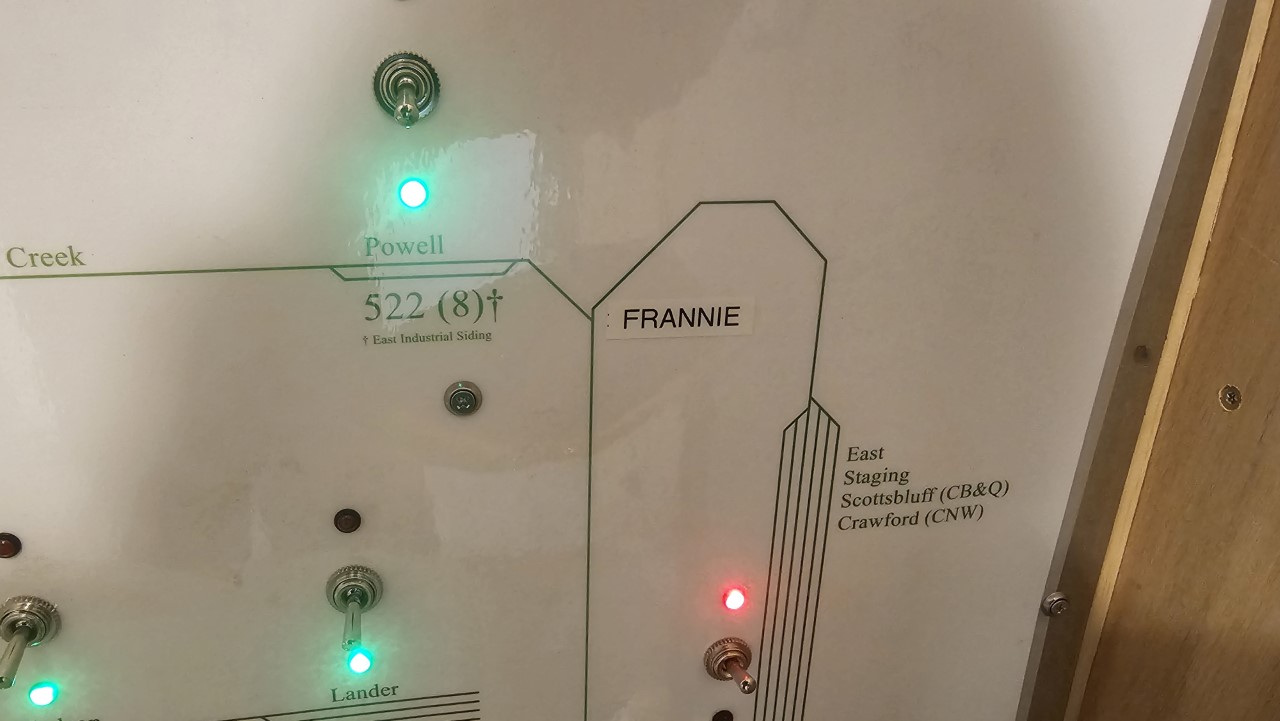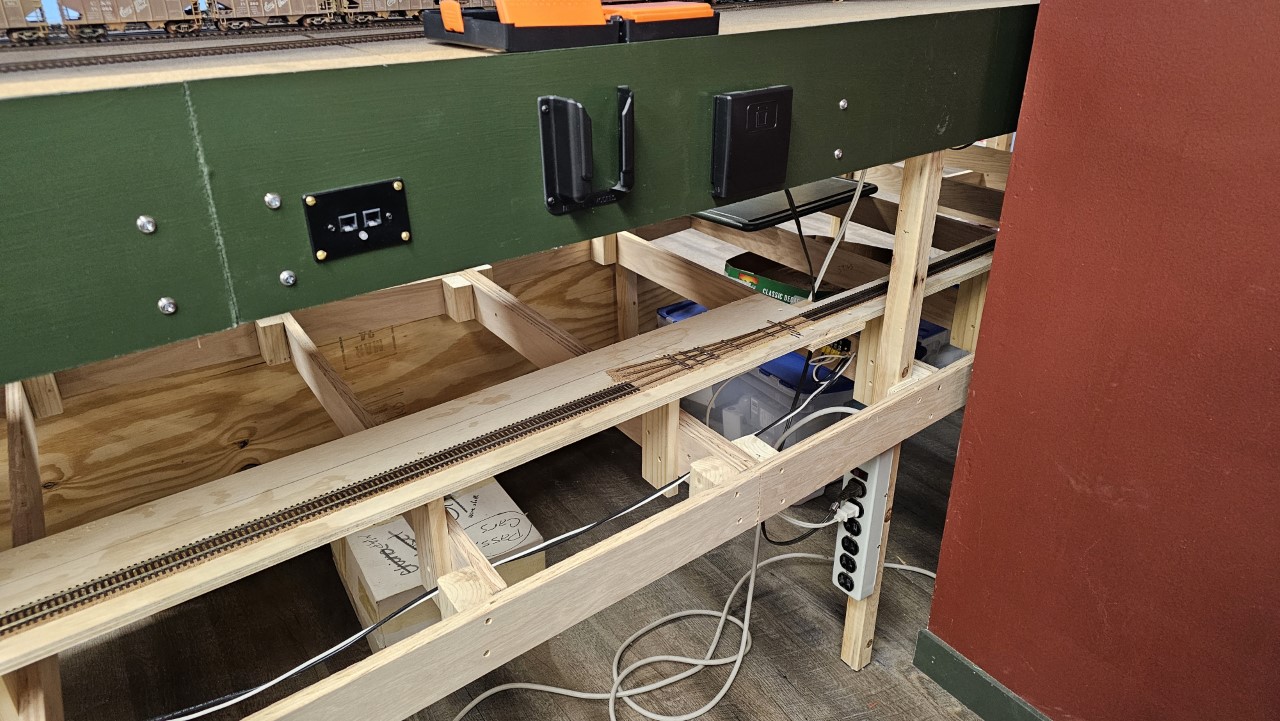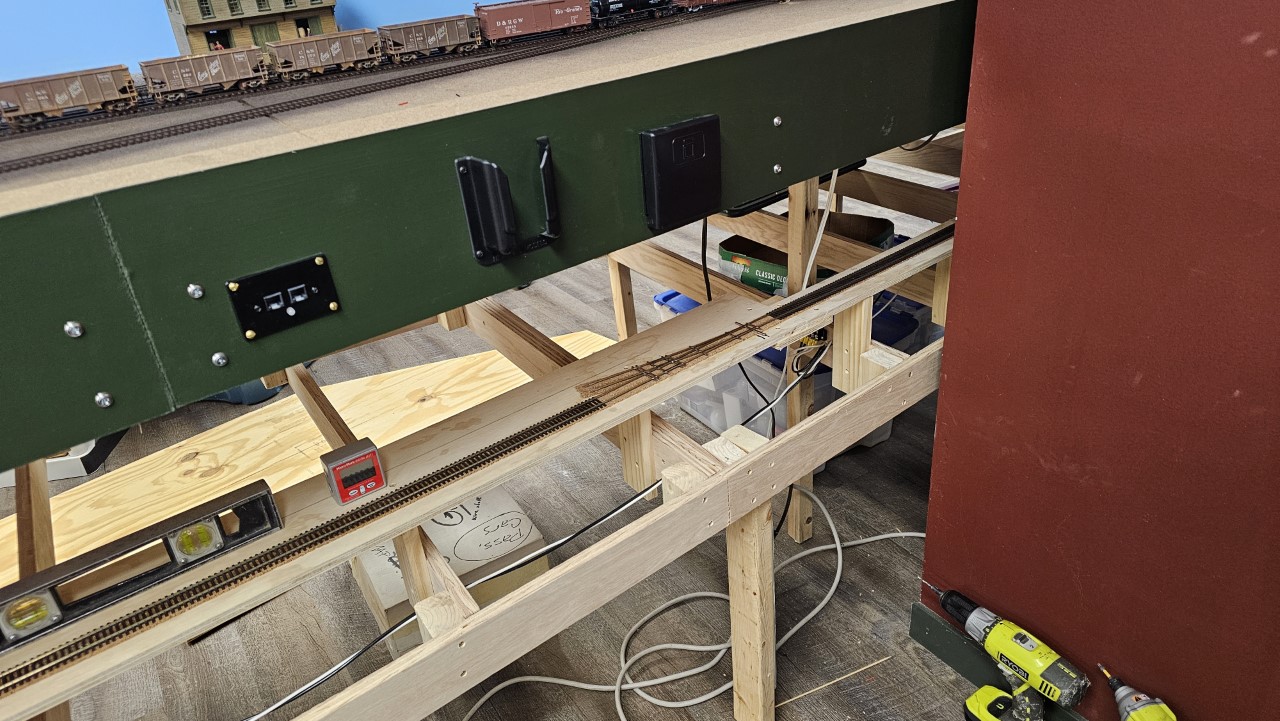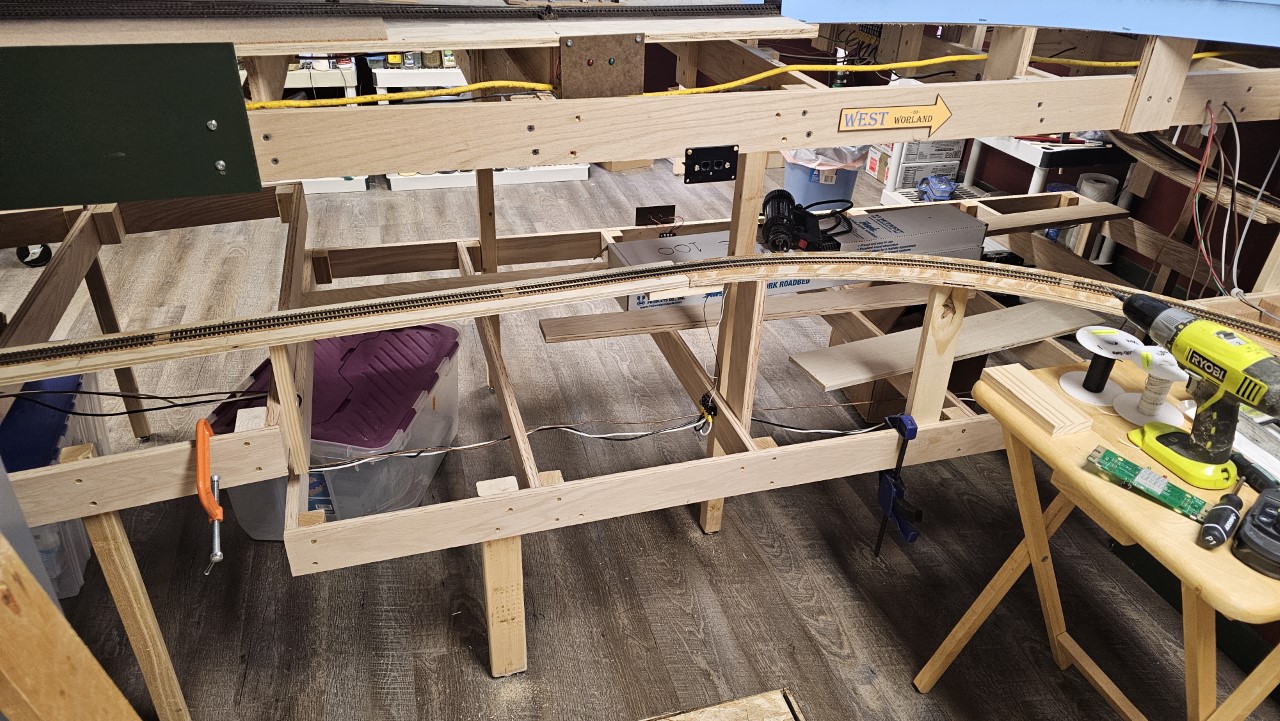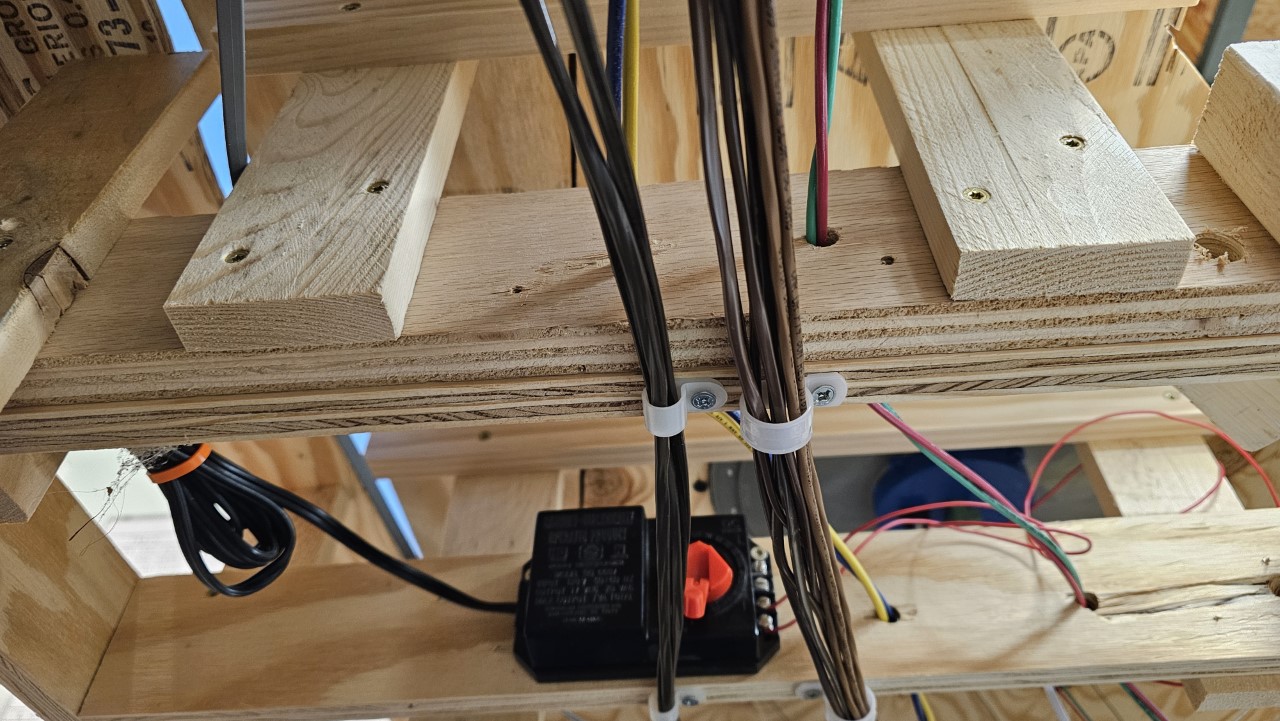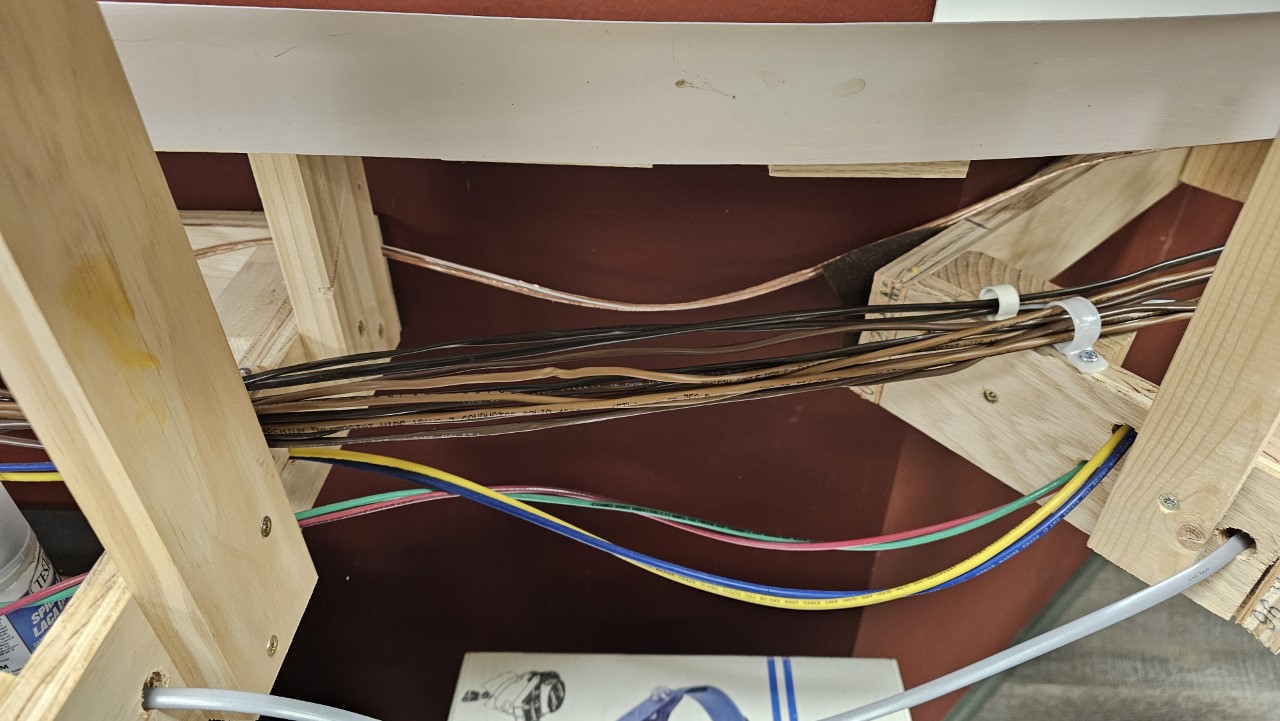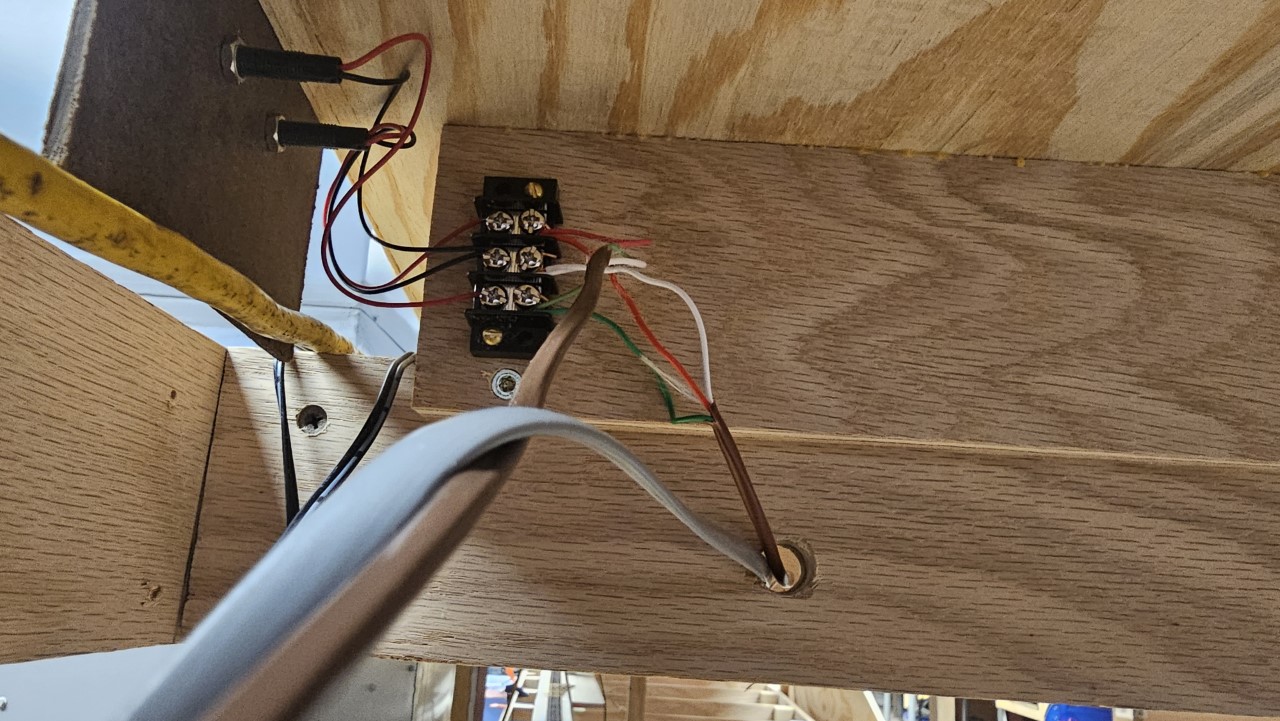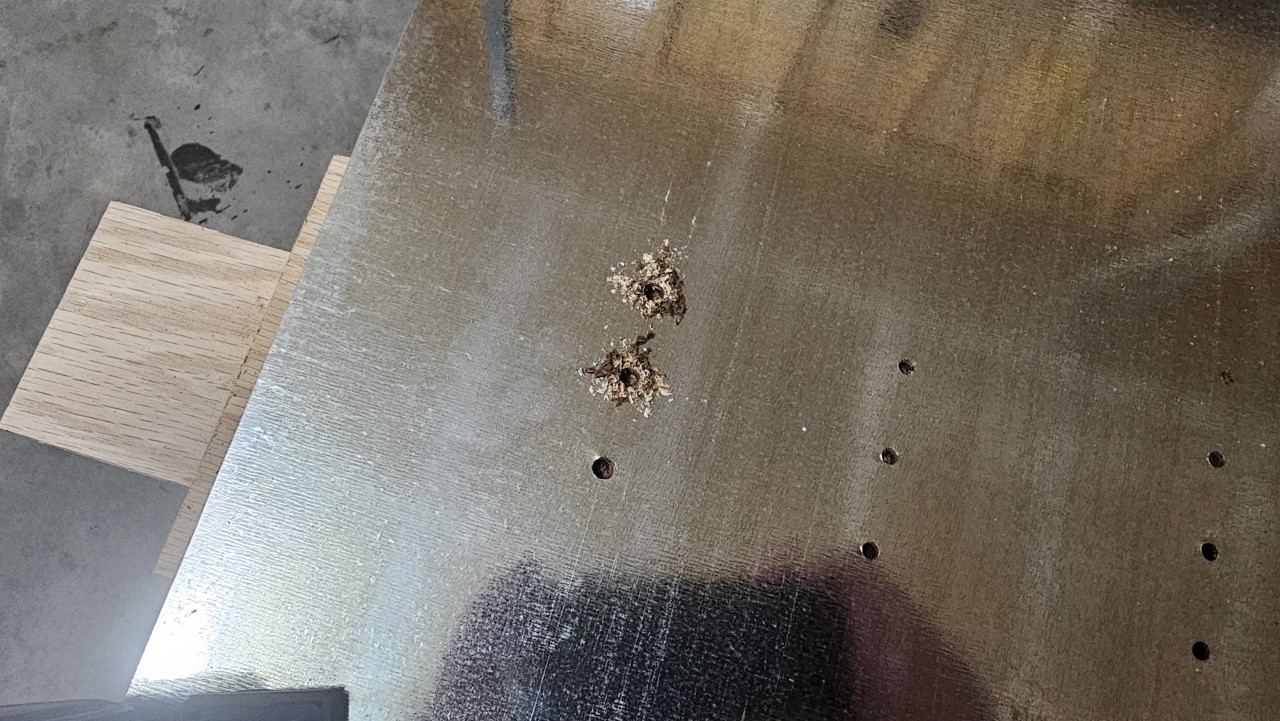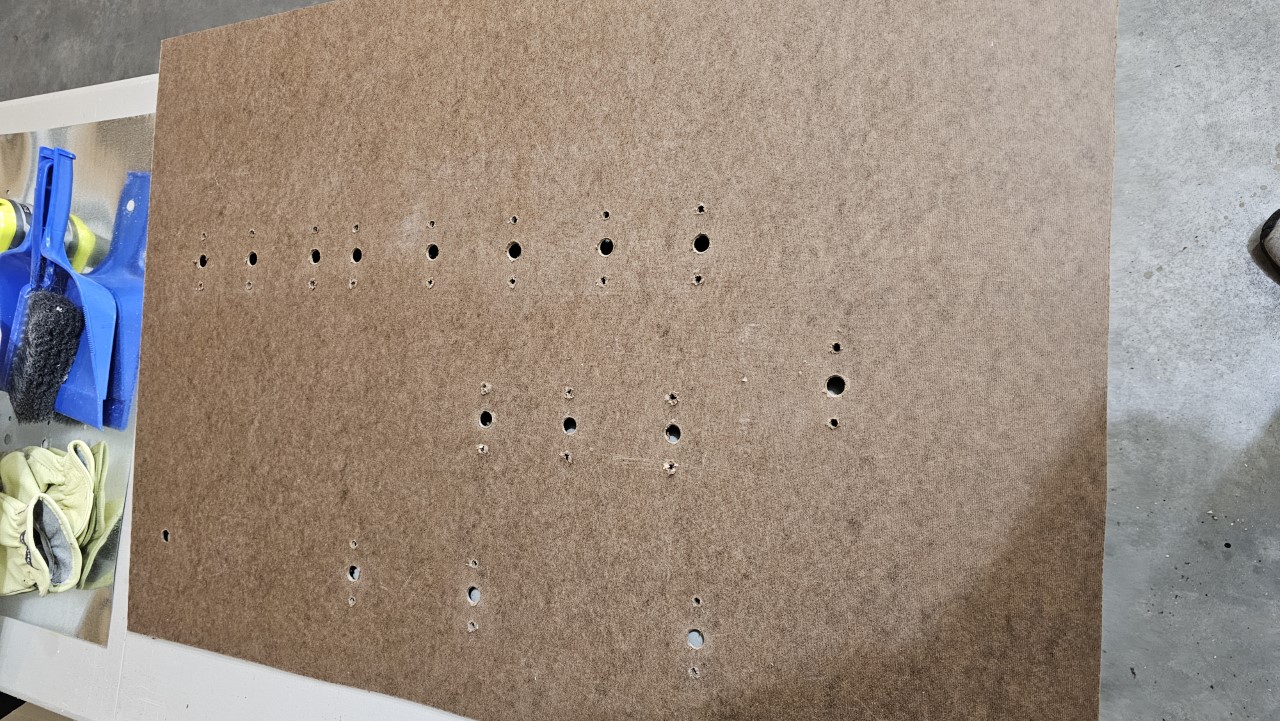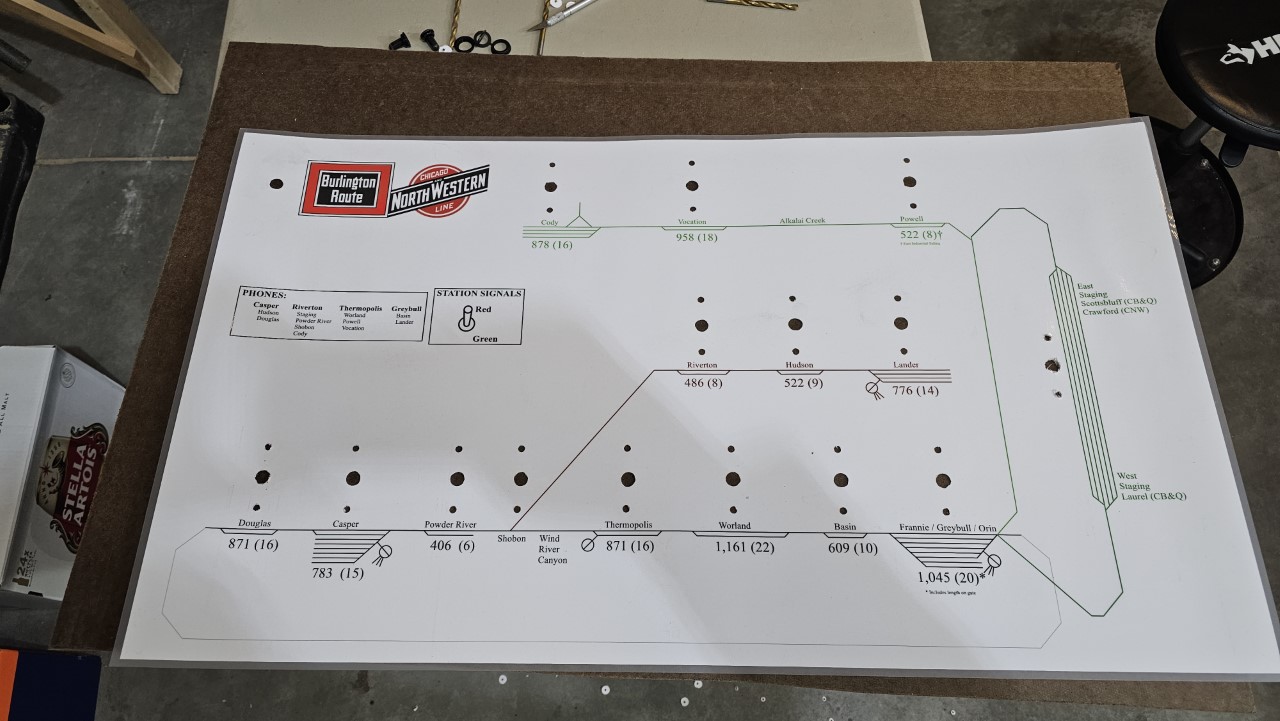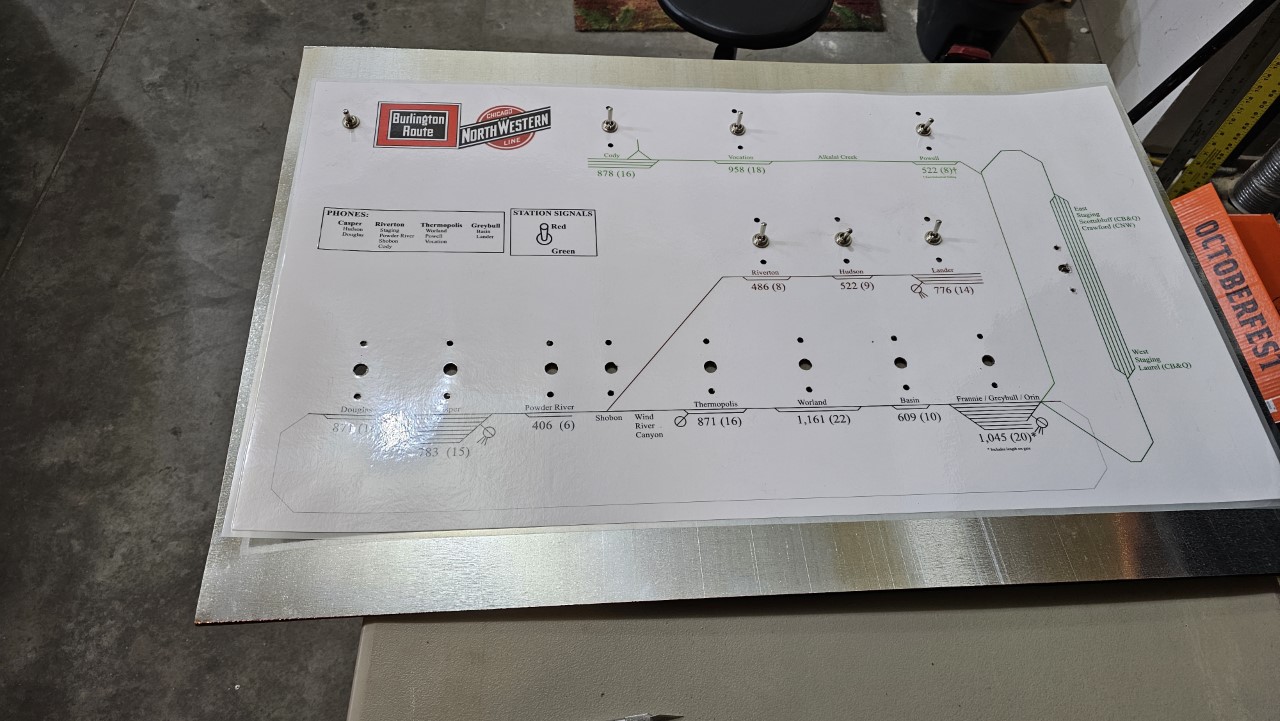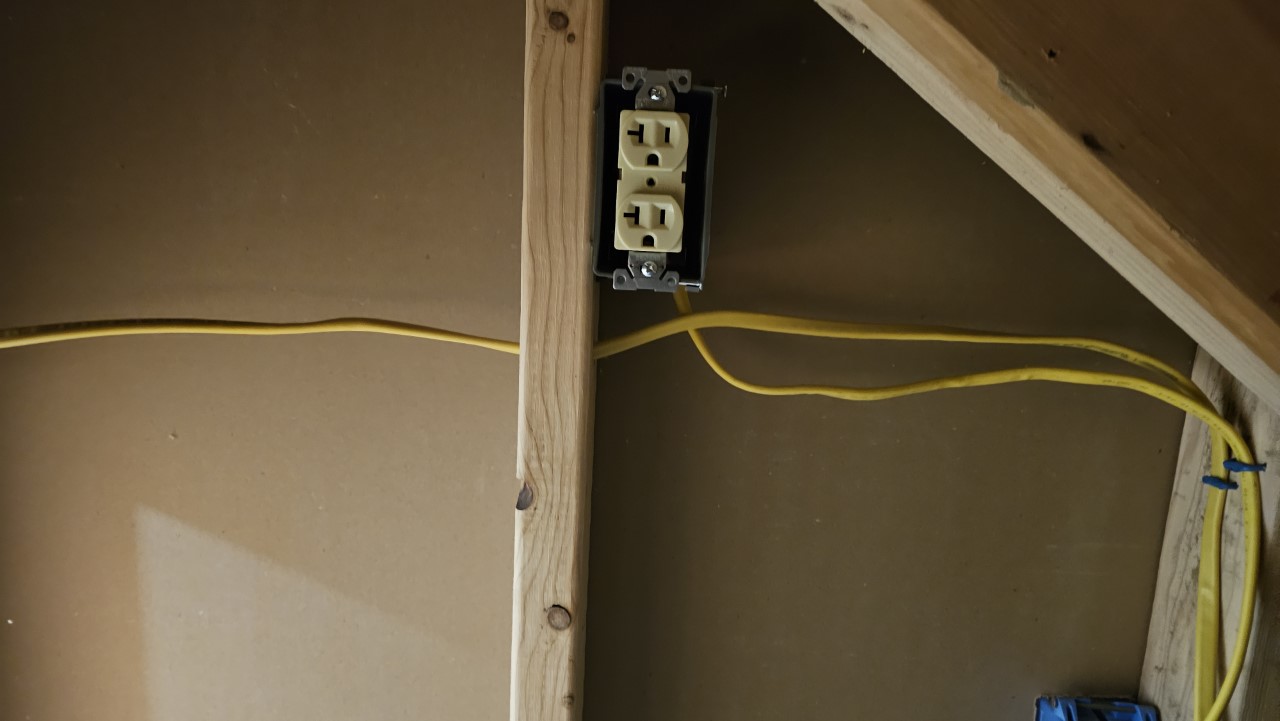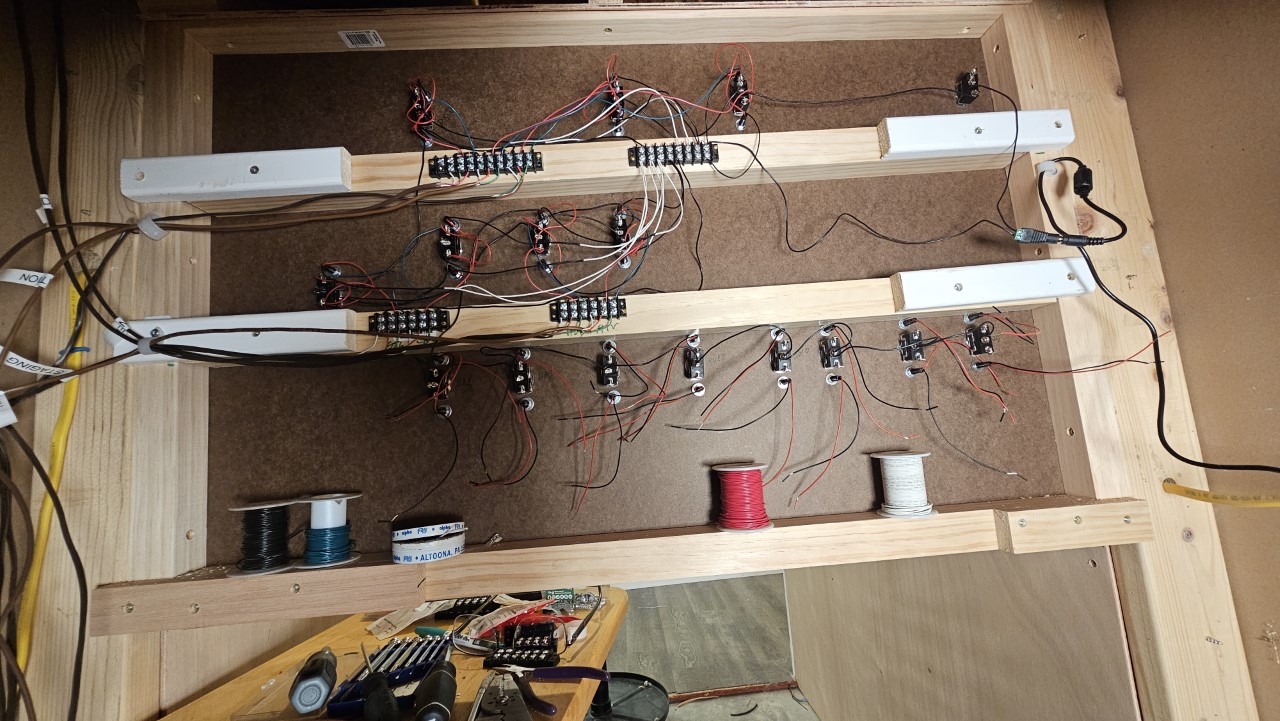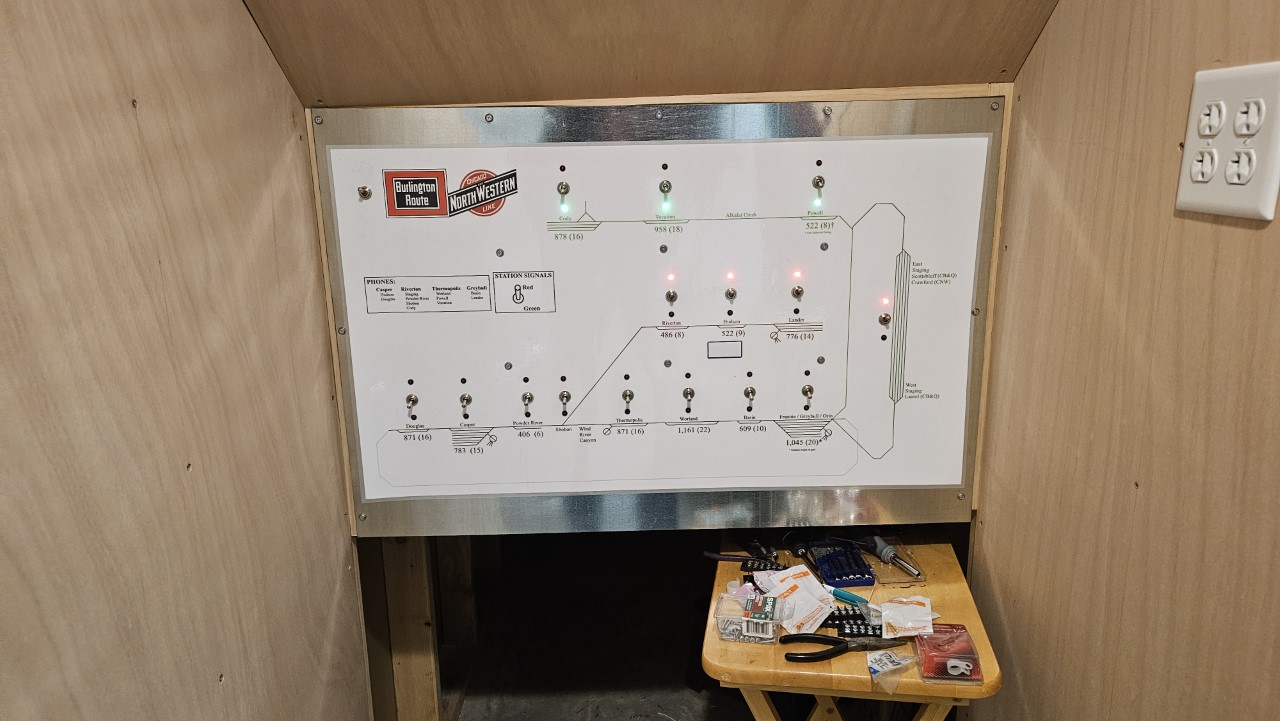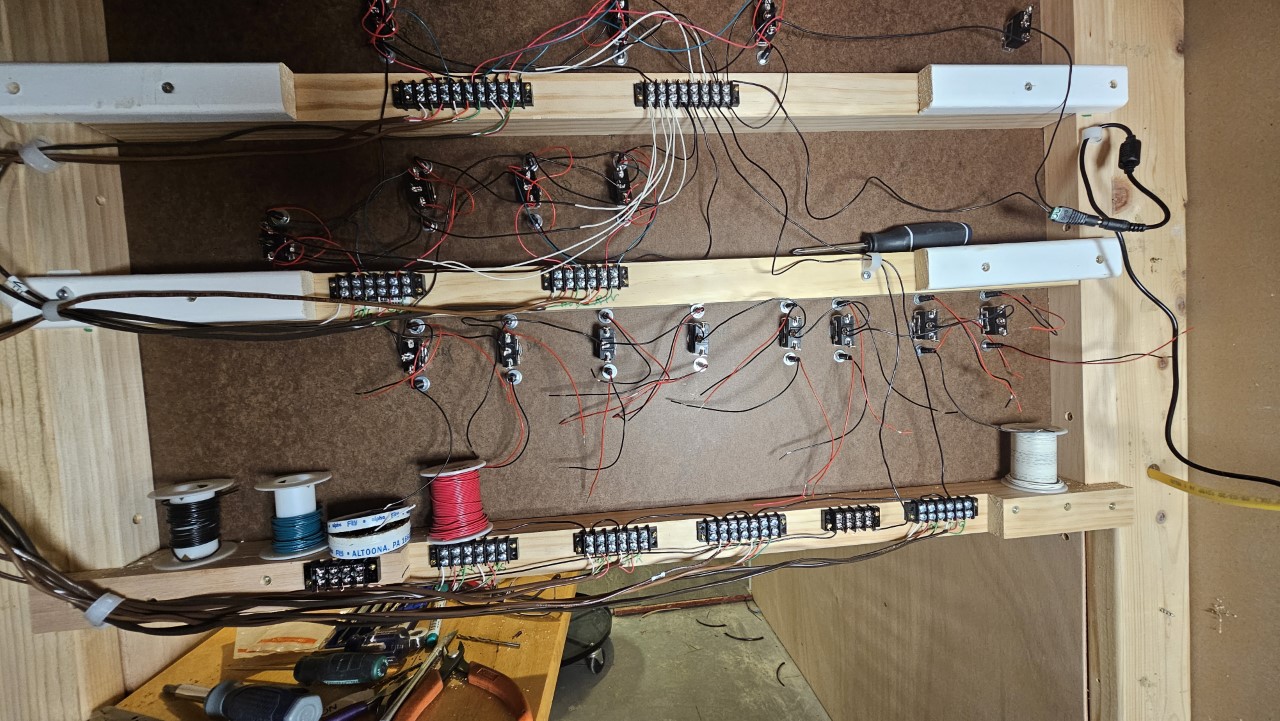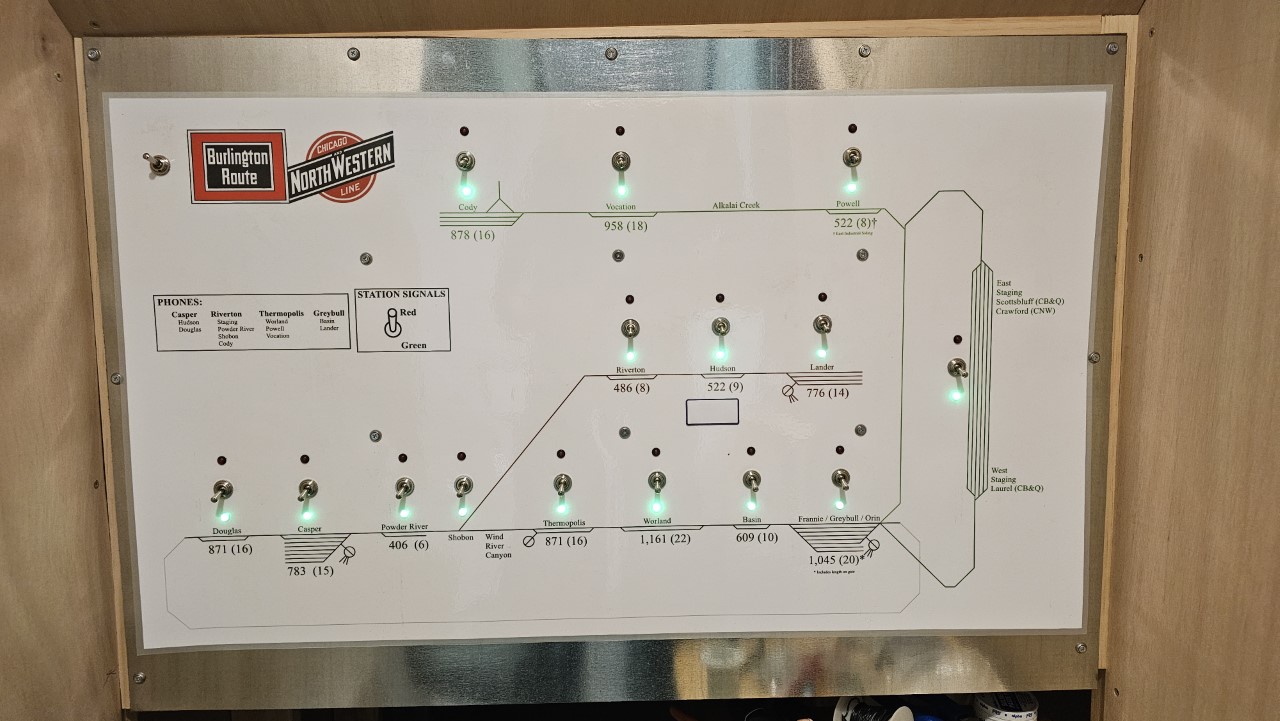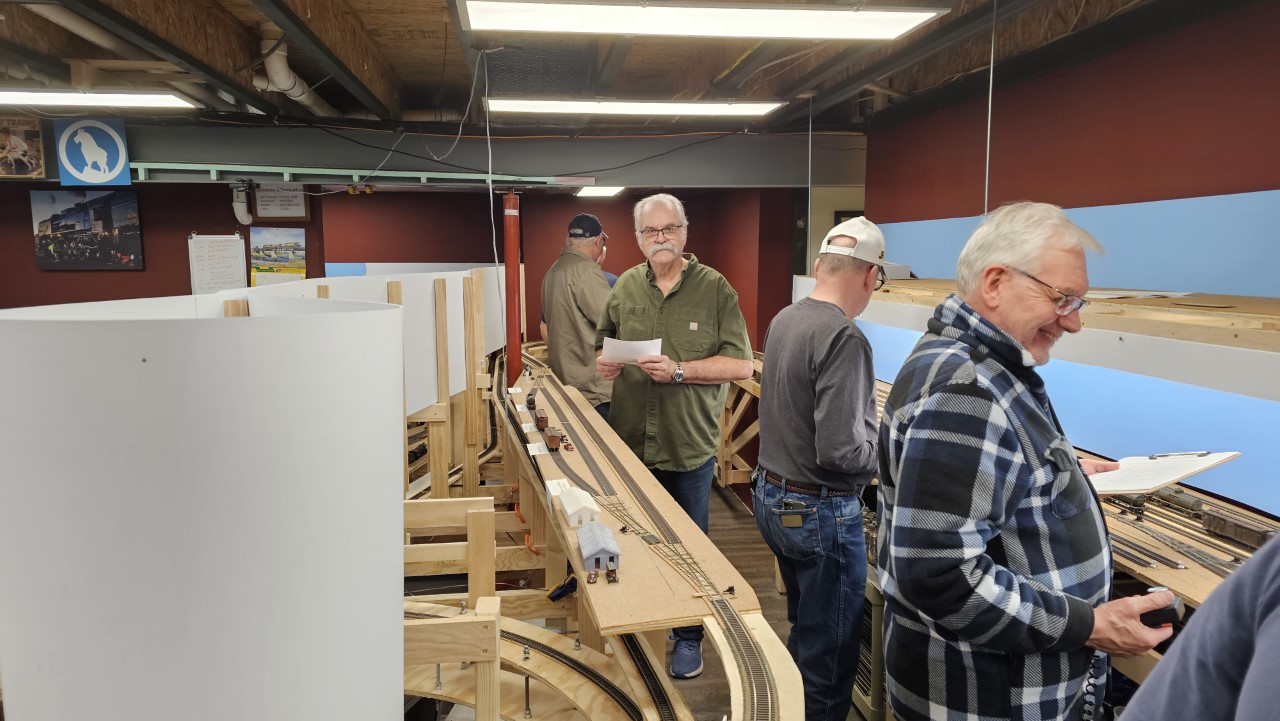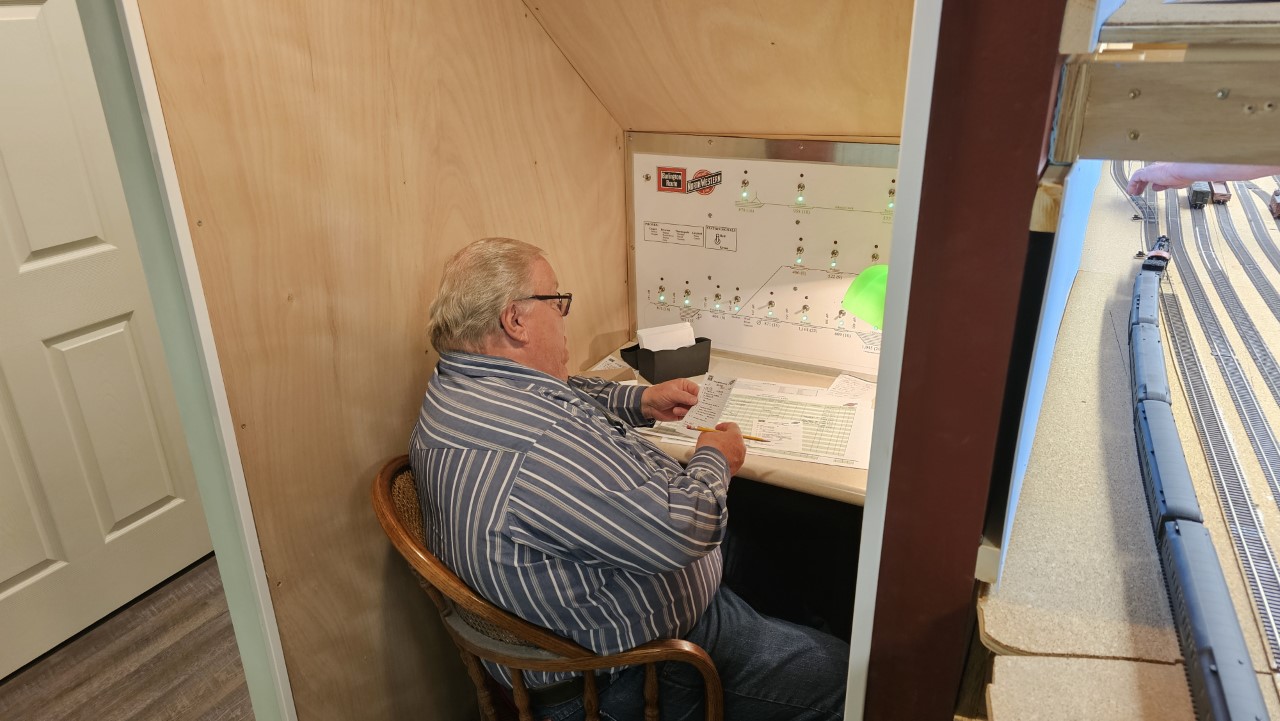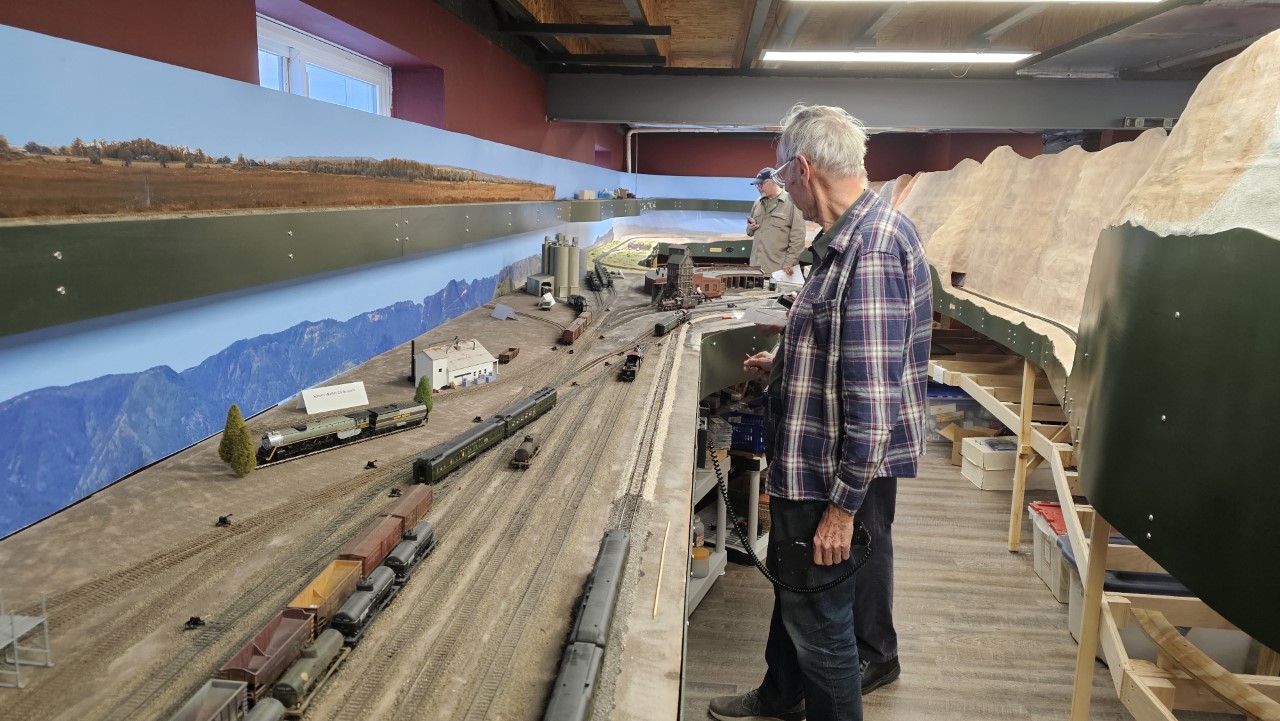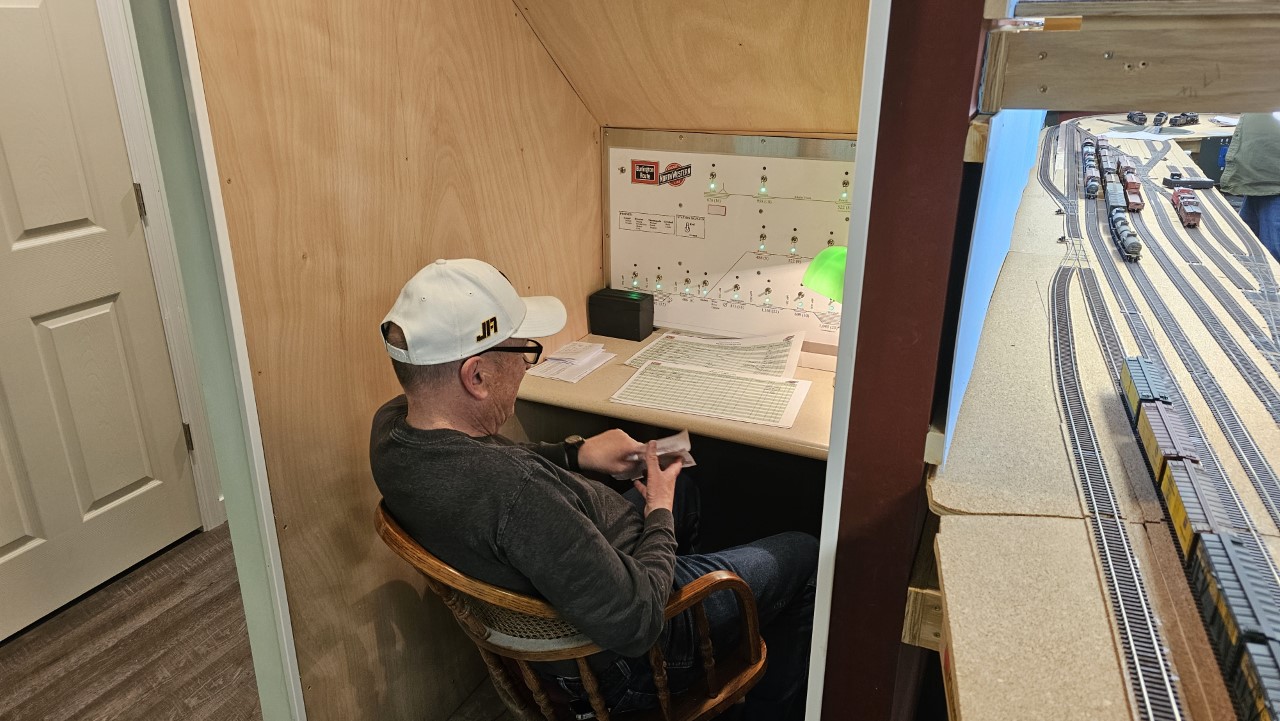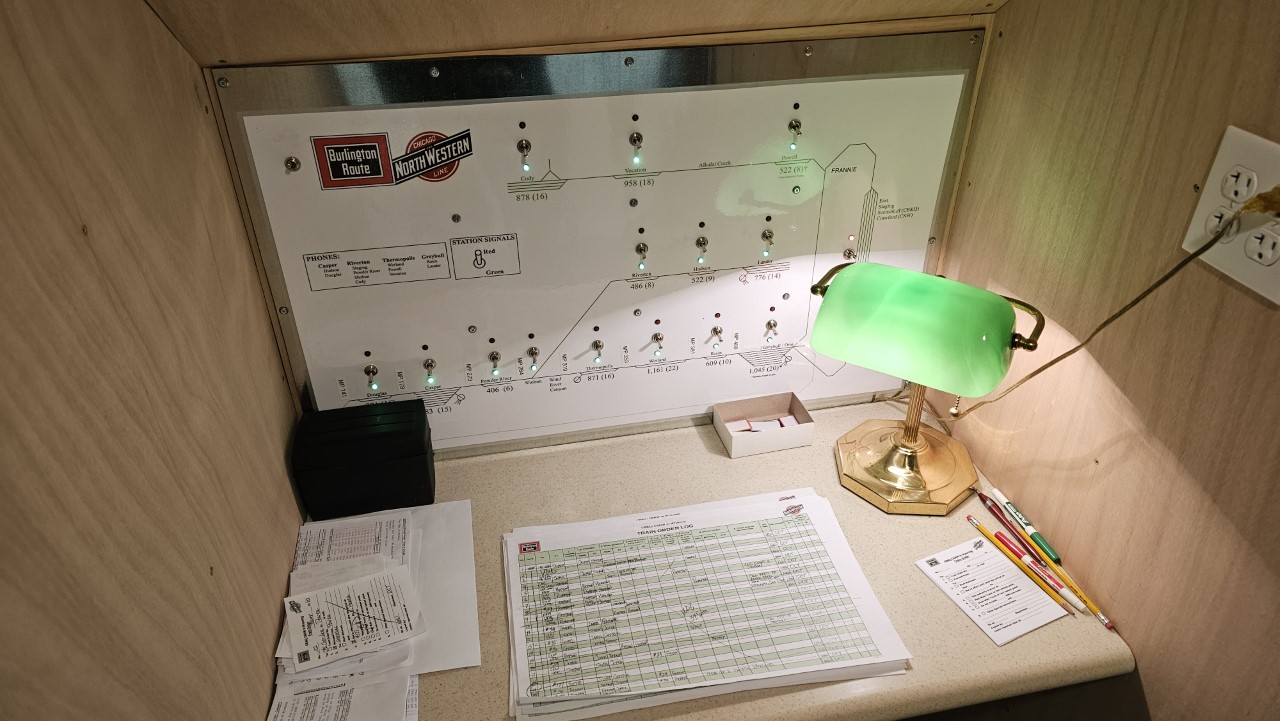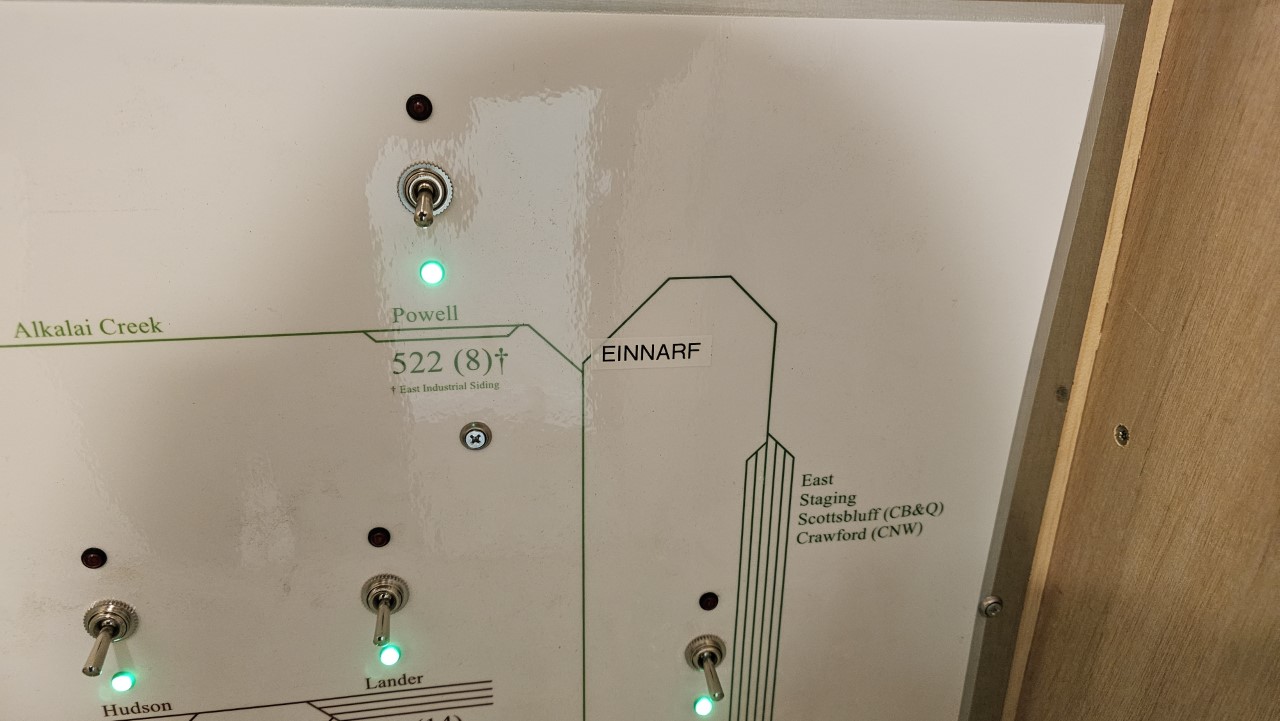Modeling – The Present – Version 5, The Casper Layout
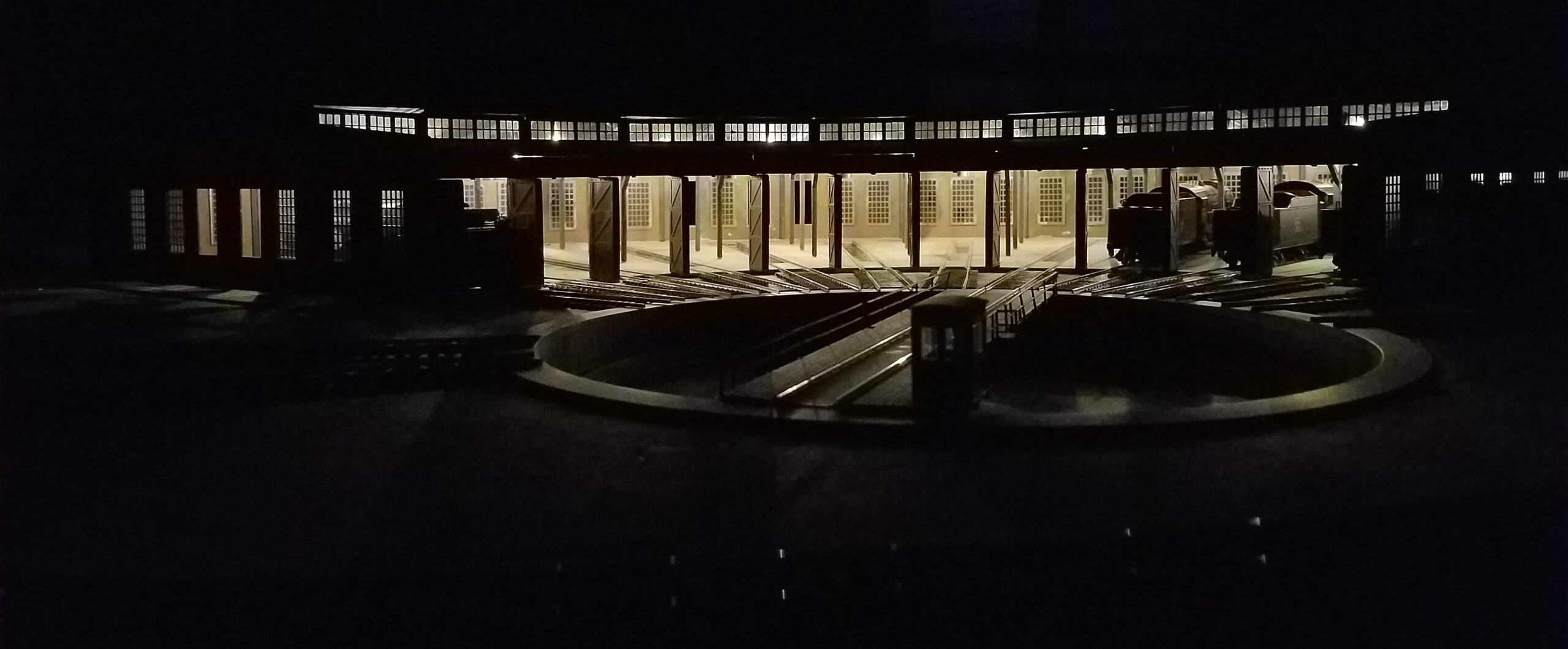
This page shows current construction on the layout. The most recent entry is at the top, and they get older as you scroll down.
25 October 2025
On October 3rd I posted the monthly layout update video:
Once all the switches were installed I moved the panel into the dispatcher's office and mounted it with a couple of screws at the top corners. The panel is level; it looks crooked because the two stair walls are not exactly even, meaning the panel is very slightly canted on the vertical axis relative to the stairs.
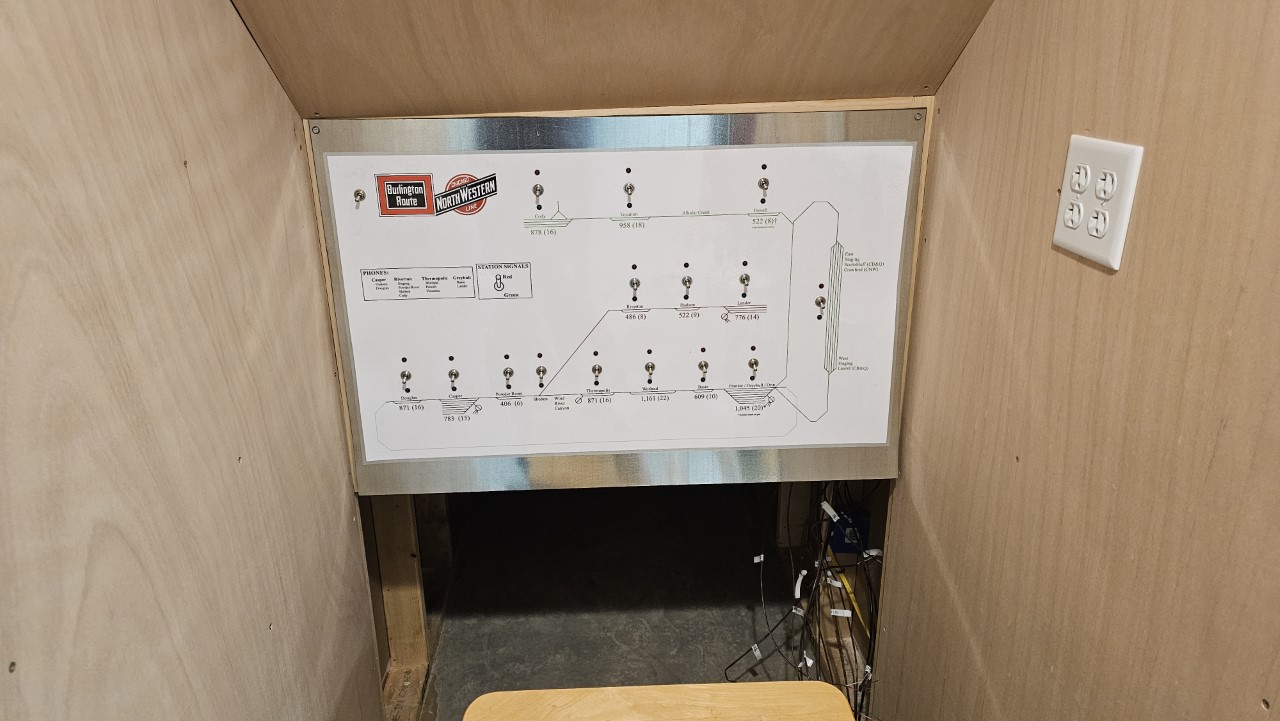
Then it was time to start wiring the panel. I had to crawl into that very confined space behind the panel and sit on a step stool to do the work. I spent a total of probably ten hours back there over about a week. Here the first set of signals is wired in and I'm testing that it actually works before proceeding on with the rest.
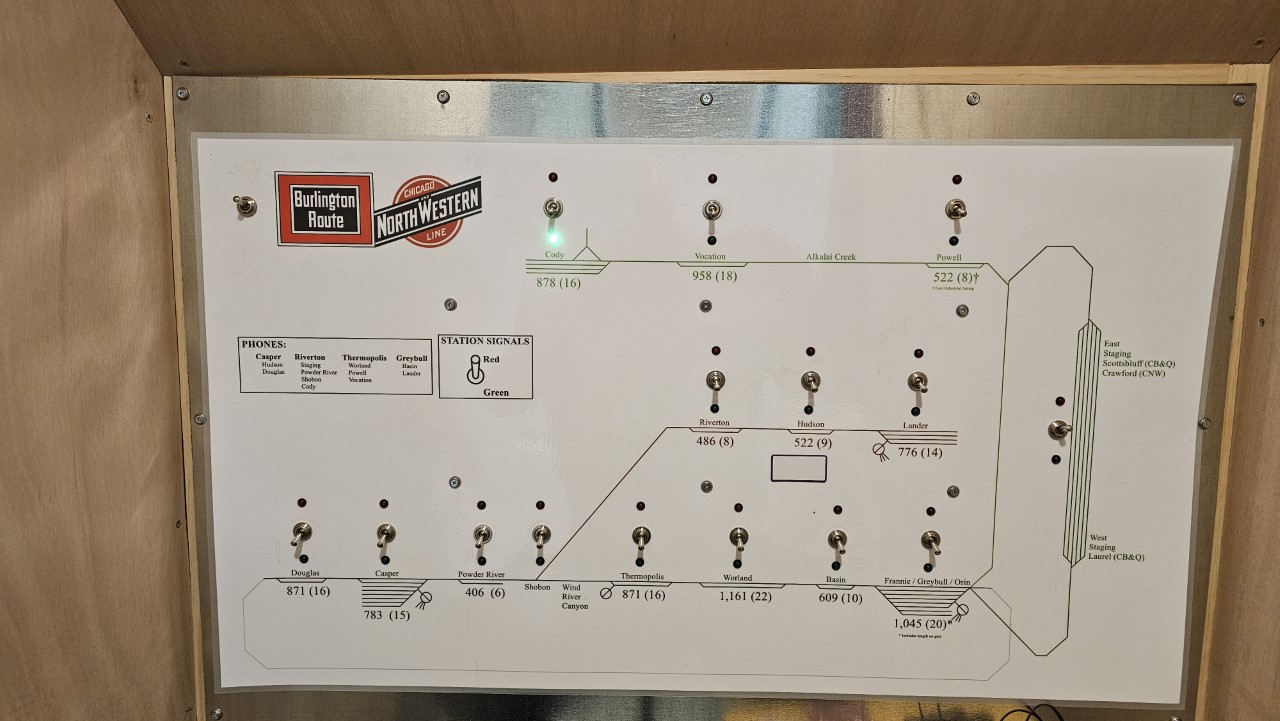
One late addition to the system was designation of the switch taking the Cody branch off the line to East Staging "Frannie." A new set of signals will be installed for that. Calling that turnout Frannie confused the heck out the dispatcher - that junction real life comes off the west end of the Casper division, so on the layout that would lead to West staging.
